
1
NYSLRS Earnings Codes for Local Employers — Enhanced Reporting
Each type of earnings you report is assigned a NYSLRS earnings code that is matched to the payroll codes you use internally.
For example, there are different NYSLRS earnings codes for regular earnings, overtime, holiday pay and longevity pay. Employers
should include this information on Transaction 4 — Earnings Details Data. You can nd types of earnings on employees’
paychecks. Earnings codes are used in both manual and le upload reports.
It’s critical that you use the correct codes. The codes dene which earnings are pensionable and will be used in the calculation of
a member’s retirement benet, ensuring your employees receive the retirement benets they’ve earned. The codes also determine
which earnings are billable on the annual employer invoice. And, NYSLRS uses these codes to calculate Tier 6 member contribution
rates each year and to notify you if a member has reached their overtime limit.
Using the correct earnings codes helps avoid payroll record requests from NYSLRS and the need to make adjustments later.
NYSLRS
NYSLRS
Thomas P. DiNapoli, State Comptroller
New York State and Local Retirement System
Retirement Online
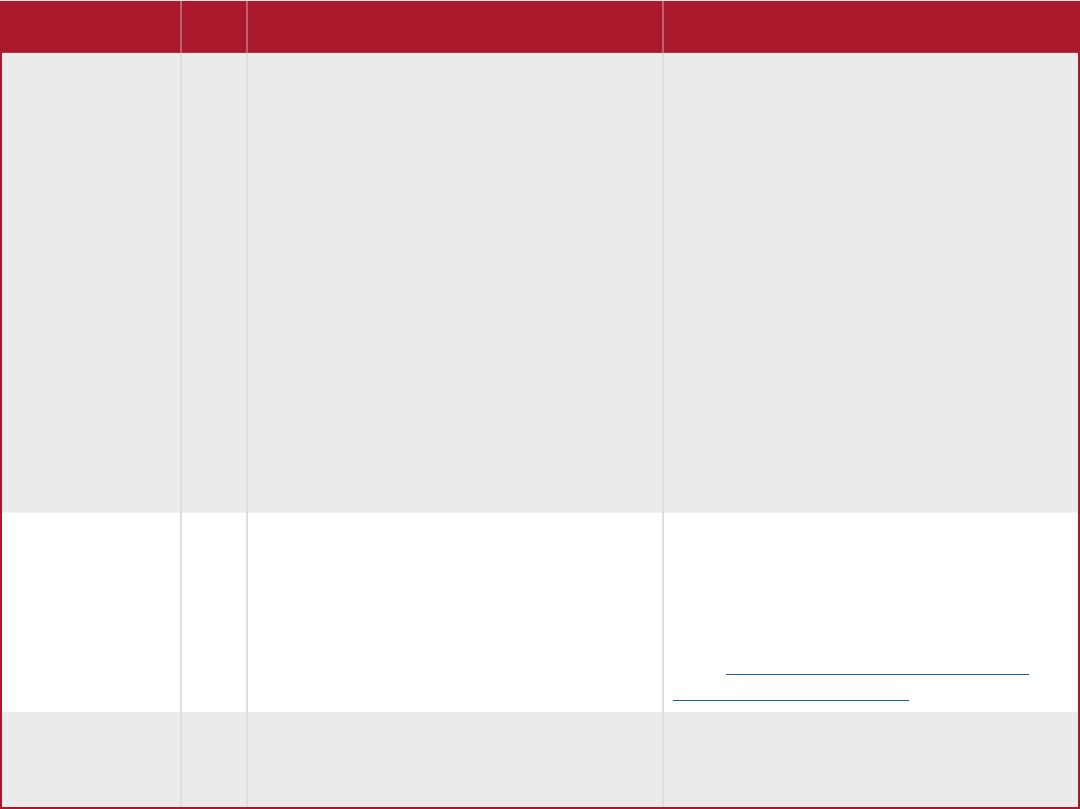
2
Earnings Category Code Denition Examples
Regular Earnings REG Used when there is payment for working regular
hours paid at a straight rate of pay, including the
usage of leave and accruals. Also used when
hours are worked beyond the regular schedule but
paid at a straight rate of pay. Both the hours and
earnings should be reported.
Payments made on a regular payroll cycle such as
acting pay, blood bank leave, call-back pay, court
appearance leave, duty pay, examination leave,
extra time, extraordinary weather condition leave,
FICA, hazard pay, interview leave, jury duty leave,
location pay, merit pay, on-call pay, organization
leave, out-of-title, parental leave pay, pass days,
payments for 207, police/corrections dog care,
quarantine leave, regular wages including paid
federal holidays at a straight rate of pay, longevity,
sabbatical pay, Social Security reimbursement,
sponsored function leave, subpoenaed appearance
leave, sub-teaching, third-party sick leave pay,
Workers’ Compensation,* pre-shift brieng, shift
differential & night differential paid at a higher
rate of pay, overtime categories that are paid at a
straight time rate of pay, etc.
Elected and
Appointed
Reporting
EAR Used for reporting earnings for Elected Ofcials
(Job Code 02900E) and non-time keeping
Appointed Executives (Job Code 00900E). Earnings
must be reported. If the employee is a member,
days worked should also be reported.
Payments made for salary associated with an
elected or appointed position that does not
participate in a time-keeping system. For more
information about reporting requirements, see our
Reporting Elected and Appointed Ofcials presen-
tation: www.osc.ny.gov/retirement/employers/
reporting-ea-ofcials/overview
Miscellaneous
Pensionable
MPE Used when there are miscellaneous payments that
will be included in FAE. Both the hours, if any, and
earnings should be reported.
Only to be used with prior approval from NYSLRS.
Pensionable Earnings Codes
Pensionable earnings are the types of pay that can be included in the calculation of a NYSLRS pension.
* Report any Workers’ Compensation reimbursement paid by the employer for Tiers 2-6. For Tier 1, report all Workers’ Compensation
reimbursements even if not paid by the employer.
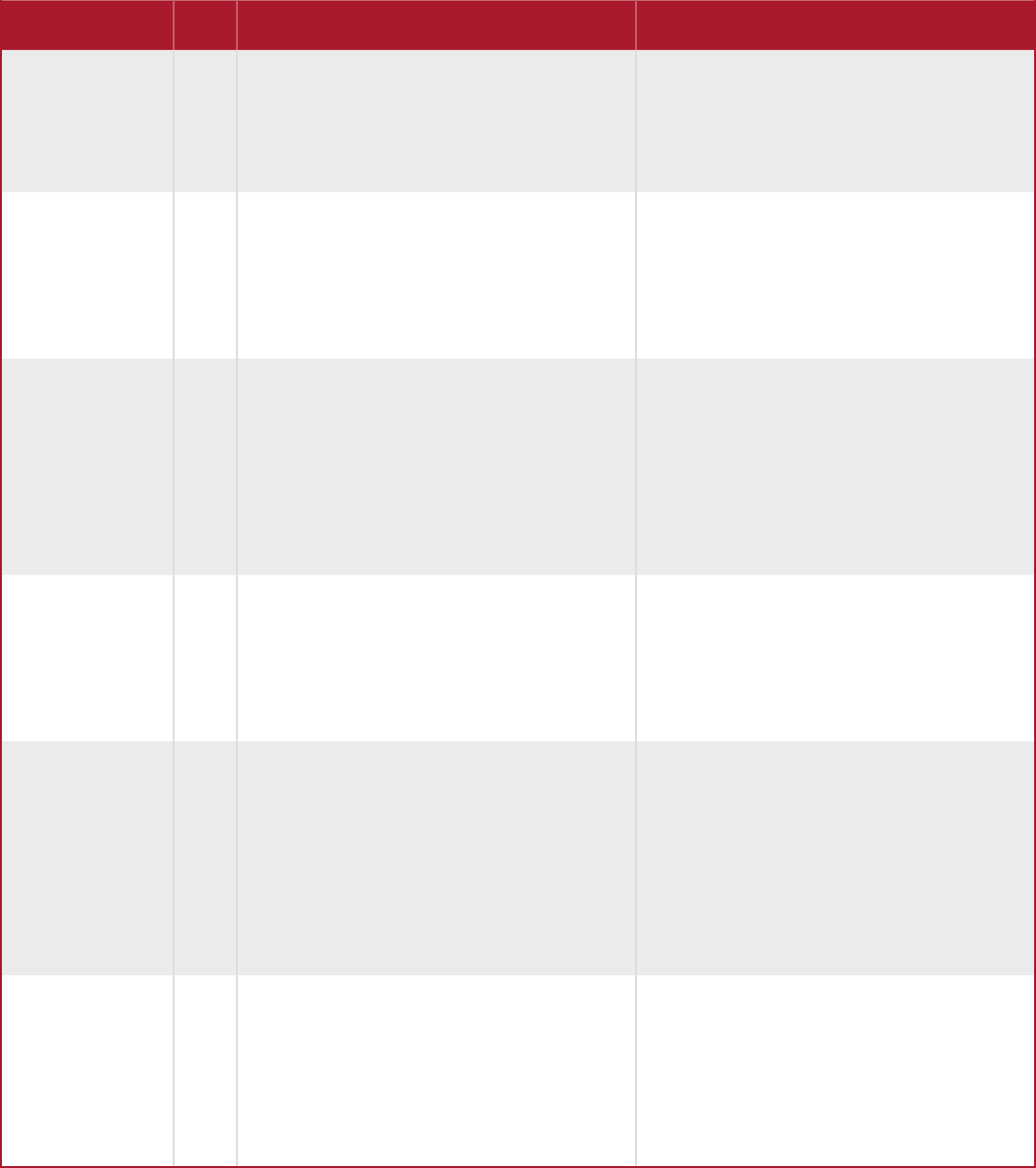
3
Lump Sum Pensionable Earnings Codes
These codes are used for any pensionable payment made in the current reporting period, where the work performed to earn the
payment was performed in a previous period.
Earnings Category Code Denition Examples
Holiday Payment HOL Used for lump sum payments of recognized
holidays in excess of regular salary. Both the hours
and earnings should be reported in the months
when earned, not paid. Contributions withheld
must be at the rate applicable when earned.
Holiday examples include: New Year’s, MLK Day,
Lincoln’s B-Day, Presidents’ Day, Easter, Memorial
Day, Juneteenth, 4th of July, Labor Day, Columbus
Day, Election Day, Veterans Day, Thanksgiving,
Christmas, etc.
Deferred Payment DEF Used for any payment made in a pay period not
associated with the work performed in that same
pay period. Both the hours and earnings should
be reported in the months when earned, not paid.
Contributions withheld must be at the rate
applicable when earned.
Earnings that may be reported under this code will
include comp-time that is not considered overtime,
lag pay, deferred salary, etc. If these are paid when
earned, they should be reported as REG.
Grievance/
Arbitration Award
GRA Used when there is an agreement between
the employer and employee in which salary
or monetary allocations are specied and will
require a NYSLRS legal determination prior to
reporting. If deemed pensionable, both the hours,
if any, and earnings should be reported in the
months when earned, not paid. Contributions with-
held must be at the rate applicable when earned.
Examples include: Administrative leave, suspension
pay, legal estimates, judgements and awards.
Only to be used with prior approval from the
NYSLRS Legal Bureau.
Longevity LON Used when there is a lump sum payment in
addition to salary based on years of service.
Both the hours, if any, and earnings should be
reported in the months when earned, not paid.
Contributions withheld must be at the rate
applicable when earned.
If this payment is made over a regular payroll
cadence, then use REG to report this.
Retroactive
Pay/ Balance of
Contract
RBC Retro Pay: Used when there is payment for regular
earnings owed to the employee based on a
contract agreement.
Balance of Contract: For a 10-month employee this
payment is typically paid in June. Both the hours,
if any, and earnings should be reported in the
months when earned, not paid. Contributions with-
held must be at the rate applicable when earned.
A delayed wage payment, for work already
performed at a lower straight time rate, per a new
contract agreement.
Lump Sum Payment of owed salary that is paid
out at the end of an academic year (i.e., balloon
payment, balance of contract or a 10-month
payment).
Recurring Bonus
Payment
RBS Used when there is payment of additional
monies, made on a consistent basis, offered
to all employees that qualify for recognized
achievements. Both the hours, if any, and the
earnings should be reported in the months when
earned, not paid. Contributions withheld must
be at the rate applicable when earned.
Education (payment for obtaining a higher level of
education. For example, an associate’s, bachelor’s
or master’s degree), MC, performance, physical
tness, shooting, sick incentive, stipend, training,
check-in pay, code, debrieng, EMT, paramedic,
parity pay, pre-shift, shift differential, night differ-
ential, chart days, contract days, Kelly days, etc.
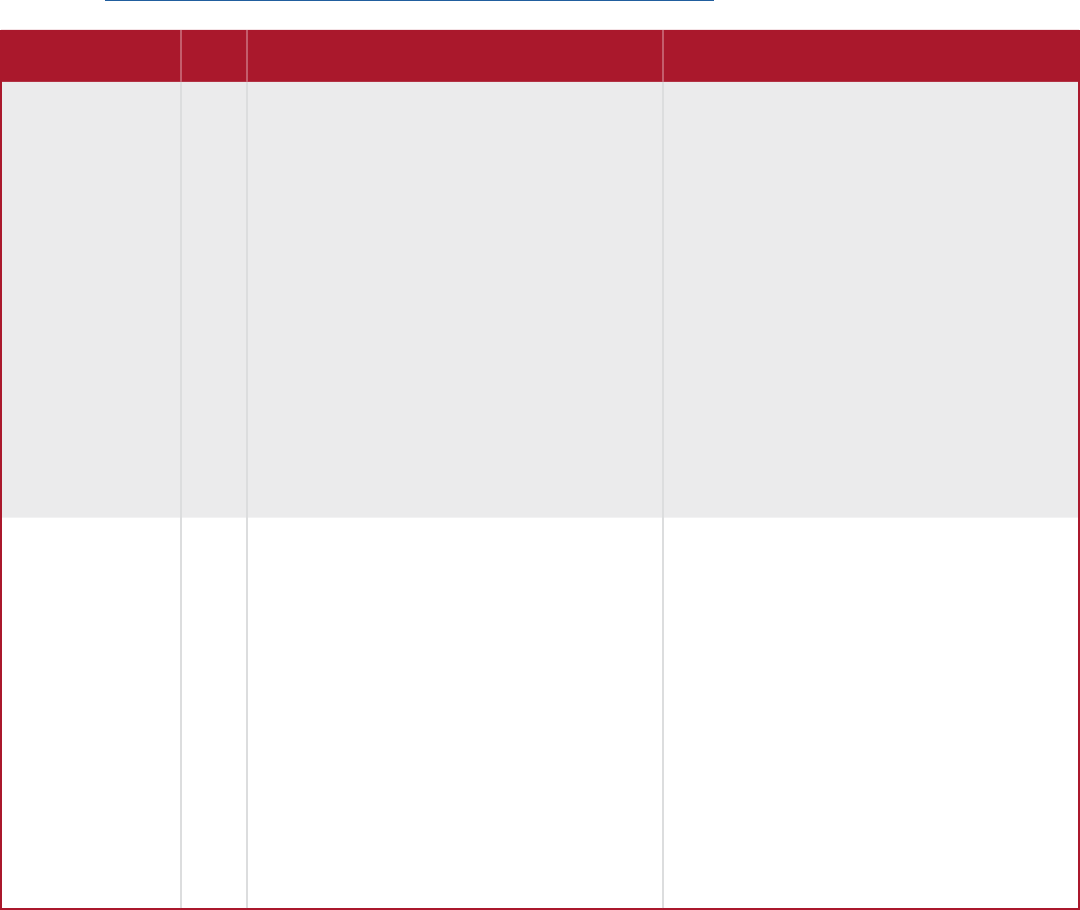
4
Overtime Earnings Codes
These codes are used for reporting overtime payments. Choose the proper code depending on the type of overtime being paid.
These earnings should be reported in the month they were earned.
For Tier 5 and 6 members, overtime pay above their annual limit is not pensionable. Retirement Online now tracks overtime for
employers who use the enhanced reporting format and noties you when a Tier 5 or 6 member reaches their limit. Visit the Overtime
Limits page (www.osc.ny.gov/retirement/employers/enhanced-reporting/overtime-limits) for the limits and more information.
Earnings Category Code Denition Usage
Regular Overtime OVT To be used whenever additional hours are worked
beyond one’s regular schedule and payment is at a
greater rate than one’s regular rate of pay.
For example:
• Overtime paid at time and a half, double time
or greater;
• Recall overtime; and
• Holiday premium pay for holidays worked.*
*Not all holiday premium pay is considered
overtime. It is only considered overtime if it is paid
for additional hours worked beyond one’s regular
schedule and at a greater rate than one’s regular
rate of pay.
For Tier 1, 2, 3 and 4 Members
Use this code to report regular overtime.
For Tier 5 & 6 Members
If Retirement Online is not automatically tracking
and capping overtime, use this code to report
regular overtime up to a member’s overtime
limit. Then, use the Non-Pensionable Overtime
(NOT) code to report regular overtime above the
member’s limit.
If Retirement Online is automatically tracking and
capping overtime, use this code to report regular
overtime both below and above a member’s
overtime limit.
Retroactive
Overtime Pay
ROT Used when there is payment for overtime earnings
(additional hours above regular schedule and paid
at a greater rate) owed to the employee based on
a contractual agreement. Both the hours, if any,
and the earnings should be reported in the months
when earned, not paid. Contributions withheld
must be at the rate applicable when earned.
Earnings that can be reported under this code
include retroactive payments for regular overtime
or public safety overtime.
For Tier 1, 2, 3 and 4 Members
Use this code to report retroactive overtime pay.
For Tier 5 & 6 Members
If Retirement Online is not automatically tracking
and capping overtime, use this code to report
Retroactive Overtime Pay up to a member’s
overtime limit. Then, use the Non-Pensionable
Overtime (NOT) code to report retroactive overtime
above the member’s limit.
If Retirement Online is automatically tracking
and capping overtime, use this code to report
Retroactive Overtime Pay both below and above
a member’s overtime limit.
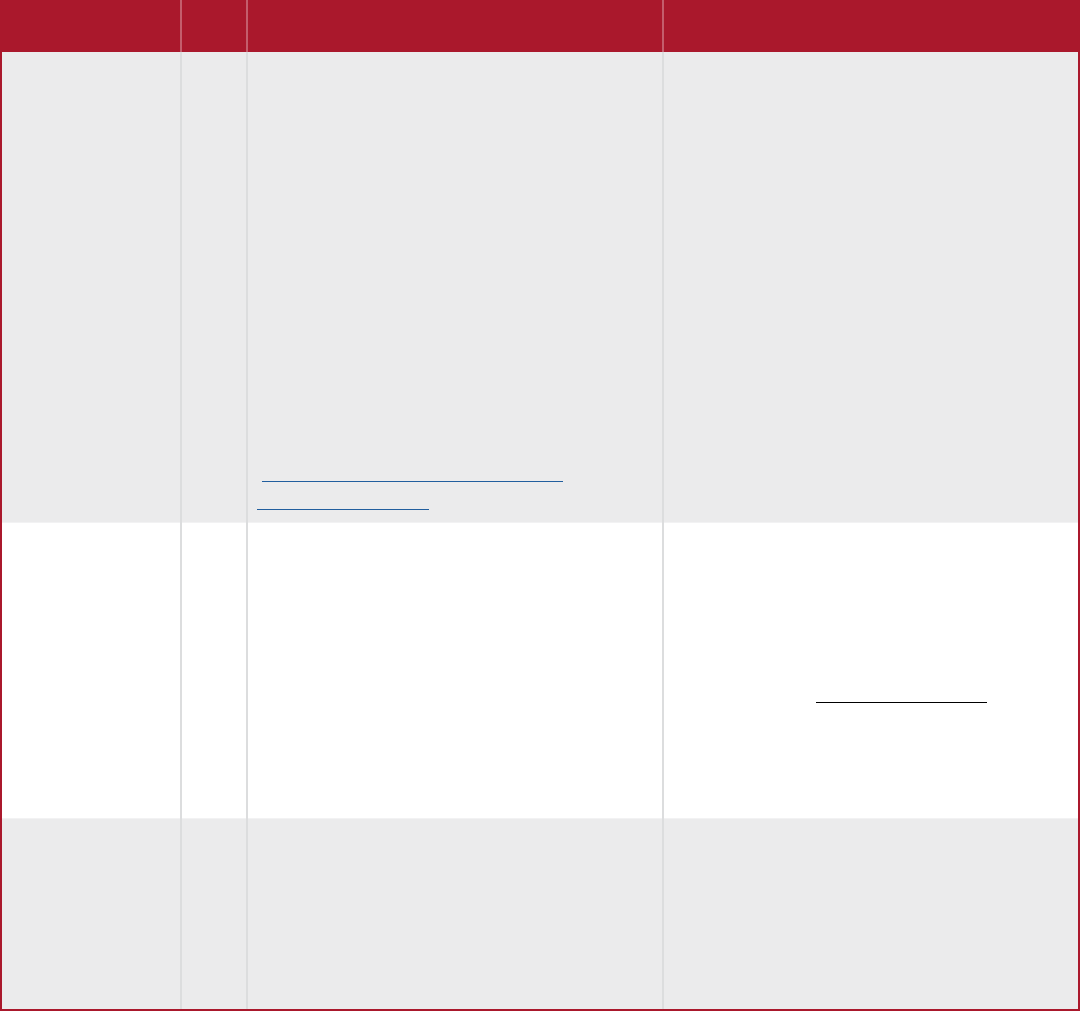
5
Earnings Category Code Denition Usage
Public Safety
Overtime
PEP
Used for public safety overtime that is paid by a
public entity and meets other requirements. This
includes special duty assignments that involve
public safety work that is directed, controlled and
paid for by a public employer and reimbursed by
a private entity. Duties must be mandated, not
voluntary, directed and supervised by the head of
the department.
Payment must be made directly by the participating
employer to the member. Both the hours and
earnings should be reported.
For more information about this type of over-
time, visit our Public Safety Overtime page
(www.osc.ny.gov/retirement/employers/
public-safety-overtime).
For Tier 1, 2, 3 and 4 Members
Use this code to report public safety overtime.
For Tier 5 & 6 Members
If Retirement Online is not automatically tracking
and capping overtime, use this code to report
Public Safety Overtime up to a member’s overtime
limit. Then, use the Non-Pensionable Overtime
(NOT) code to report public safety overtime above
the member’s limit.
If Retirement Online is automatically tracking and
capping overtime, use this code to report Public
Safety Overtime both below and above
a member’s overtime limit.
Non-Pensionable
Overtime
NOT
ONLY for Tier 5 & 6 Members
Used for reporting overtime above a Tier 5 and 6
member’s limit, only if Retirement Online is not
automatically tracking and capping overtime.
Earnings under this code are not pensionable.
ONLY for Tier 5 & 6 Members
If Retirement Online is not automatically tracking
and capping overtime, use this code to report
overtime above the member’s limit.
If Retirement Online is automatically tracking and
capping overtime, do not use this code. Report
overtime both below and above a member’s
overtime limit using the applicable earnings code:
regular overtime (OVT), retroactive overtime (ROT),
or public safety overtime (PEP).
Private Entity
Overtime
PEO
Used when there is payment for work performed
for the benet of a private entity, paid directly or
reimbursed by the private entity, and supervised
and directed by the private entity. Both the hours
and earnings should be reported.
Earnings under this code are not pensionable.
For All Tiers
Use this code to report all work performed that
meets the denition of Private Entity Overtime,
regardless of a member’s overtime limit and
whether Retirement Online is automatically
tracking and capping overtime.
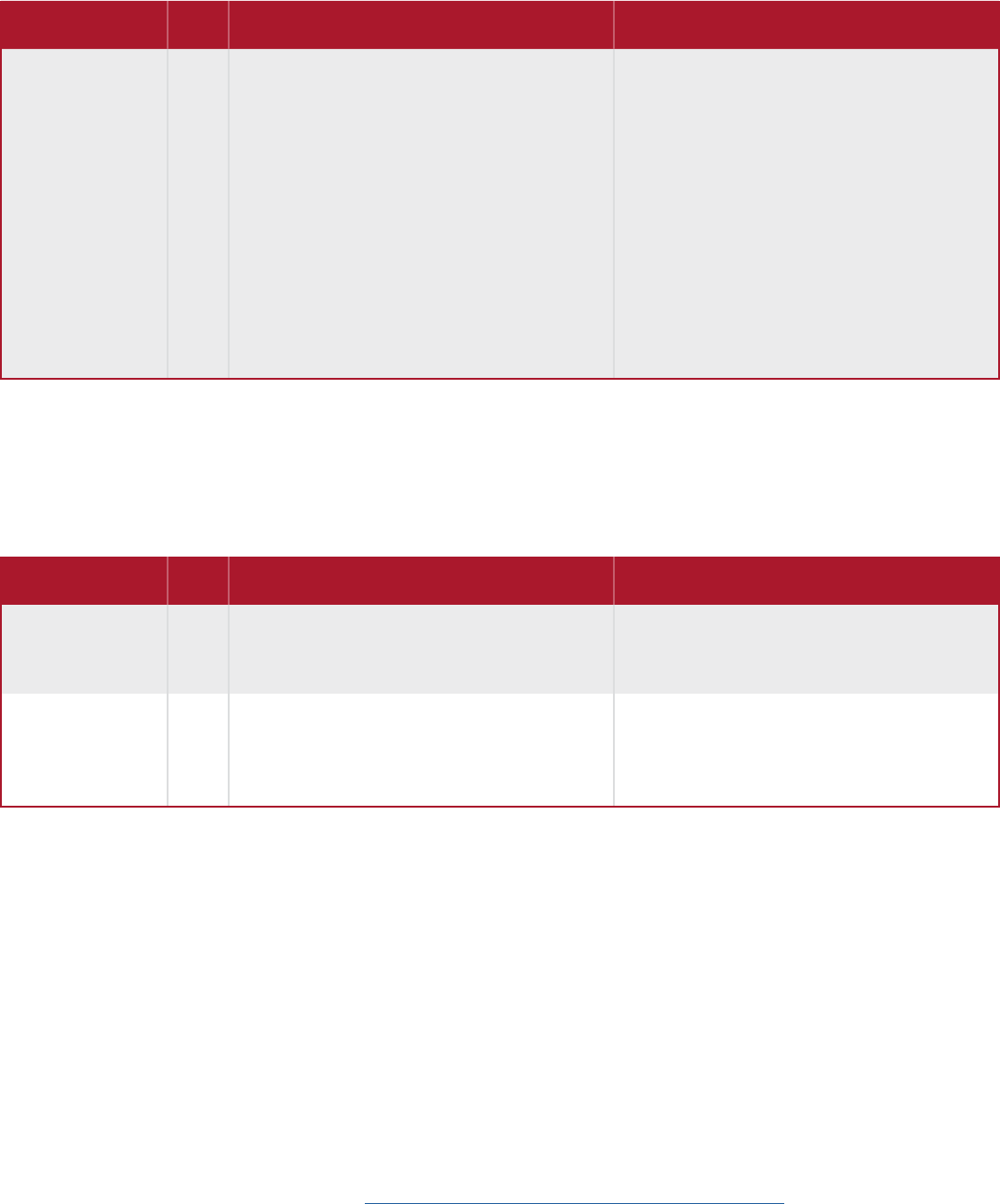
6
Rev. 3/24
If you have any questions, please call 866-805-0990, press 1 to access the employer menu then follow the prompts. You can also
send your question using the Help Desk form at
www.osc.ny.gov/retirement/employers/help-desk-form.
Earnings Codes Used Only at Separation from Service or Retirement
LSV and SLV are considered non-pensionable codes. Contributions should not be withheld. NYSLRS will review earnings reported
using these codes to determine whether they should be included in the member’s pension calculation.
Earnings Category Code Denition Examples
Lump Sum
Vacation
LSV Used when there is a payment for lump sum
vacation at the time of separation from employment.
Both the hours and earnings should be reported.
Unused, Unpaid
Sick Leave
SLV Reported at retirement only when there is a
number of unused, unpaid sick leave days for
members covered under Section 41J/341J. Only
the hours are required to be reported.
Non-Pensionable Earnings Code
This code is used to report miscellaneous earnings that are not pensionable.
Earnings Category Code Denition Examples
Miscellaneous
Non-Pensionable
MNP Used when there is payment that will not be
included in FAE, which should be reported and will
not be billed. Both the hours, if any, and earnings
should be reported.
Health Insurance Buyout, Uniform, Meal, Working
Vacation Pay, Vacation, Buy Back, Personal
Time, Sick-buy back, Anticipation of Retirement,
One-Time Bonus Payments, Grievance/Arbitration
Awards deemed by NYSLRS as Non-Pensionable,
Auto, Tuition Reimbursement, Reimbursement for
Fitness, Shooting Time Pay, Life Insurance, Group
Term Life Insurance Stipend, Vision, Non Cash
Buyout, Military Stipend, Award Days, Blood Days,
Civil Service Merit, Flag Day, Free Day, Good Guys
Days, Honorarium, Mileage, Senior Status, Turnout
Pay, Volunteer Fireghter Duty Leave, Volunteer
Fireghter Duty Pay, etc.
